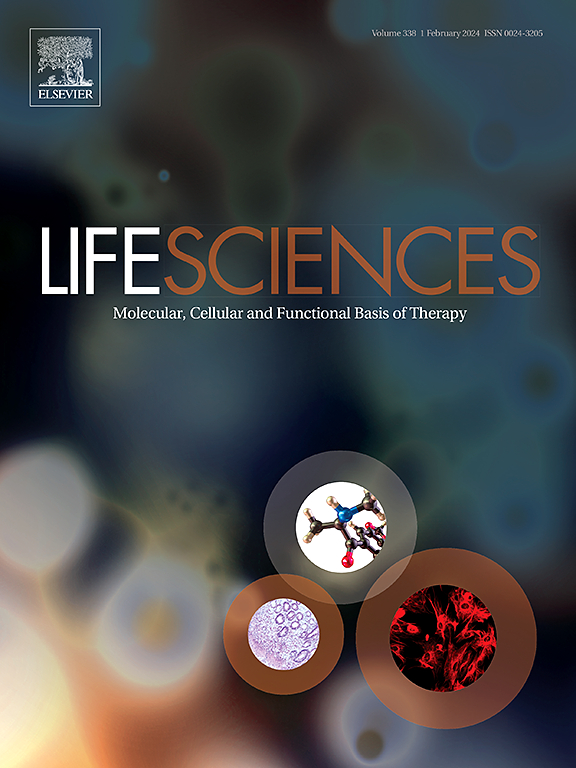Radiation exposure in neurosurgical intensive care unit patients: Balancing diagnostic benefits and long-term risks
IF 5.2
2区 医学
Q1 MEDICINE, RESEARCH & EXPERIMENTAL
引用次数: 0
Abstract
Background
X-ray, computed tomography (CT), and digital subtraction angiography (DSA) techniques are indispensable in managing critically ill neurosurgical patients. However, repeated diagnostic imaging leads to cumulative radiation exposure, raising concerns about long-term risks such as malignancies. This study evaluates the frequency, dosage, and implications of radiation exposure in a neurosurgical intensive care unit (NICU) patient cohort.
Methods
A retrospective analysis was conducted on 589 patients admitted to the NICU between 2013 and 2018 with the diagnosis of traumatic brain injury (TBI), intracerebral hemorrhage (ICH), subarachnoidal hemorrhage (SAH), and stroke with >24 h of mechanical ventilation time. The cumulative radiation dose per patient from X-ray, CT, and DSA imaging was calculated and stratified by diagnostic indication, patient condition, and clinical course. To contextualize the findings, international benchmarks were compared.
Results
The cohort's median cumulative effective dose (ED) was 17.8 mSv (range: 1.7–194.3 mSv). CT scans accounted for 81.95 % of the total radiation exposure, with head and thorax imaging being the most frequently performed studies. Younger age and a shorter ventilation time revealed a significant increase in the calculated lifetime attributable risk (LAR) of radiation-induced cancer in multivariate testing. Comparisons with international data revealed a comparable level of radiation exposure in this cohort. Despite the high radiation burden, imaging was deemed clinically essential, with direct implications for patient outcomes.
Conclusion
While radiation exposure in NICU patients is substantial, the benefits of timely and accurate diagnostic information outweigh the potential long-term risks. In critical care settings, where patients face life-threatening conditions, the judicious use of diagnostic imaging is essential. Future efforts should focus on optimizing imaging protocols to minimize radiation exposure without compromising diagnostic quality.

求助全文
约1分钟内获得全文
求助全文
来源期刊

Life sciences
医学-药学
CiteScore
12.20
自引率
1.60%
发文量
841
审稿时长
6 months
期刊介绍:
Life Sciences is an international journal publishing articles that emphasize the molecular, cellular, and functional basis of therapy. The journal emphasizes the understanding of mechanism that is relevant to all aspects of human disease and translation to patients. All articles are rigorously reviewed.
The Journal favors publication of full-length papers where modern scientific technologies are used to explain molecular, cellular and physiological mechanisms. Articles that merely report observations are rarely accepted. Recommendations from the Declaration of Helsinki or NIH guidelines for care and use of laboratory animals must be adhered to. Articles should be written at a level accessible to readers who are non-specialists in the topic of the article themselves, but who are interested in the research. The Journal welcomes reviews on topics of wide interest to investigators in the life sciences. We particularly encourage submission of brief, focused reviews containing high-quality artwork and require the use of mechanistic summary diagrams.
 求助内容:
求助内容: 应助结果提醒方式:
应助结果提醒方式:


